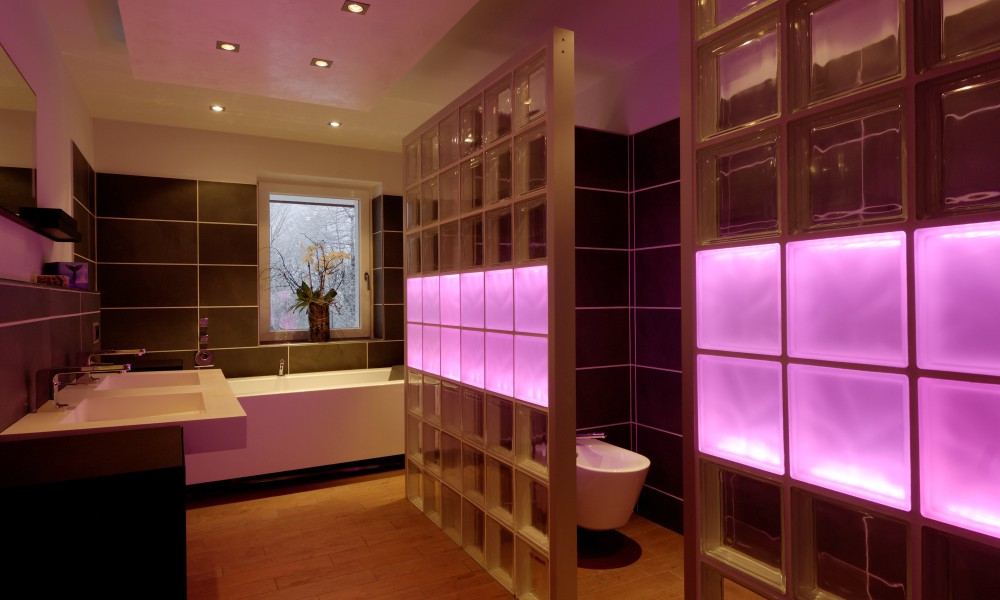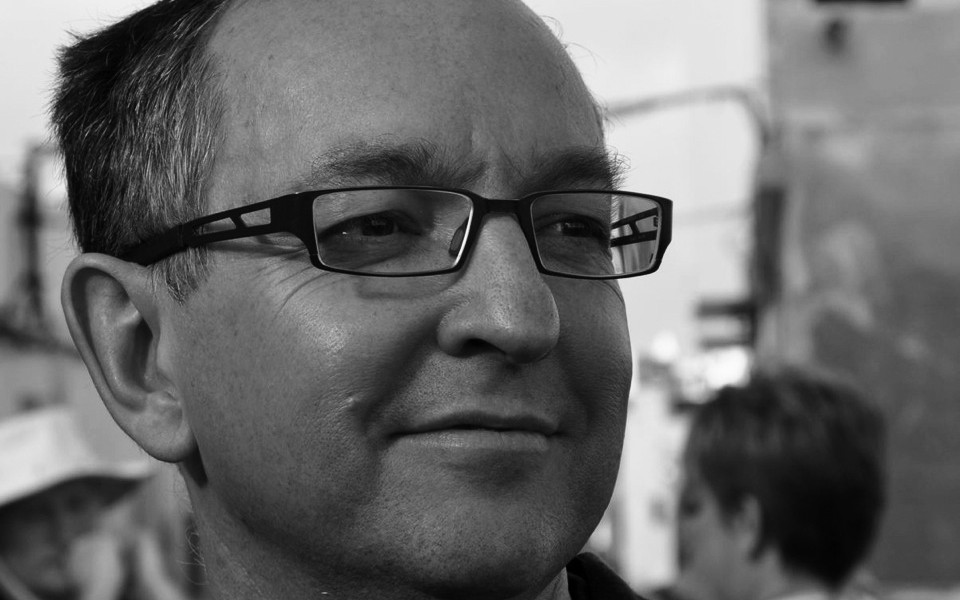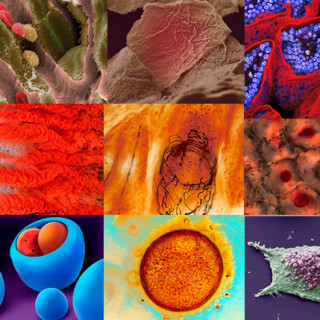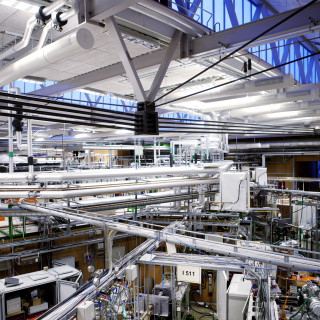Smart light revolutionises everyday life
We can now look in earnest to the light successors to the incandescent light bulb and the fluorescent tube.
After 100 years of static light, we are now facing a light revolution in which the light adapts to us and not the other way round. Researchers at Lund University are at the forefront of these developments, which are not only about developing and manufacturing new light sources, but also tailoring light-related services.
Smart lighting is a popular discussion topic at the moment. For the past century, lighting has mainly comprised static light; an unintelligent filament that only has two basic states, on and off. However, new smart solutions are on their way.
“We are in the middle of a technology shift where most things have still not been done, but where there is enormous potential to develop new light sources and create smart applications that in the long term could lead to a better working environment, improved learning and better quality of life”, says Lars Montelius, Professor of Nanotechnology and one of many people working on light-related research at Lund University, who is active in the Lund Lighting Initiative.
Controlling light
“For millions of years, people have lived outdoors in dynamic daylight and have adapted to this, but 100 years ago we suddenly started spending the majority of our lives indoors in poor static light”, says Lars Montelius.
“Now we are developing the technology and applications to enable us to get exactly the light we want and need – everywhere.”
By using small semiconductor circuits, the light source also becomes its own detector. This means that intelligent light can be created in homes or in nursing homes, where the light automatically follows our movements when we go from bed to the toilet during the night.
“In the same way, it is possible to create a light shower with artificial sunlight that stops the production of the sleep hormone melatonin in the body in the morning, so that we quickly become awake and alert.”
LEDs with nanowires
One of the areas within light research where researchers at Lund University are at the absolute forefront is the development of light-emitting diodes (LEDs) made from nanowires.
“With nanowires we can create energy-efficient and sustainable light sources that require extremely little material to manufacture, because the light source is so small”, explains Magnus Borgström, a researcher in semiconductor physics at Lund University. By combining different materials on the nanowires, the properties of the light can be tailored so that it is not cold blue light like today’s normal LEDs.
“Both LEDs and solar cells are usually based on a p-n junction with ‘doped’ semiconductors, and in Lund we are also developing solar cells from nanowires. We are now able to show that it is possible to achieve more than the dream limit of 10 per cent efficiency. In this way, we will be able to develop the LEDs to be even better and more energy-efficient.”
Text: Sven-E Lindberg
Published: 2013






